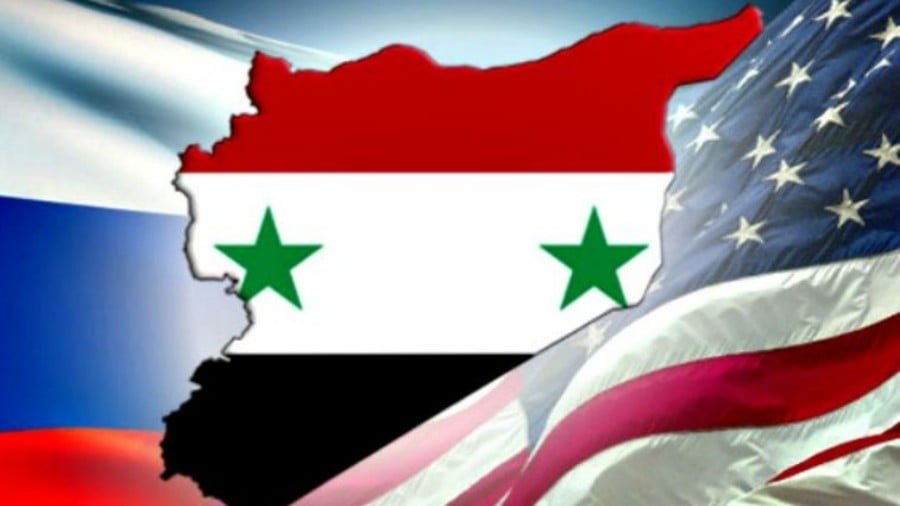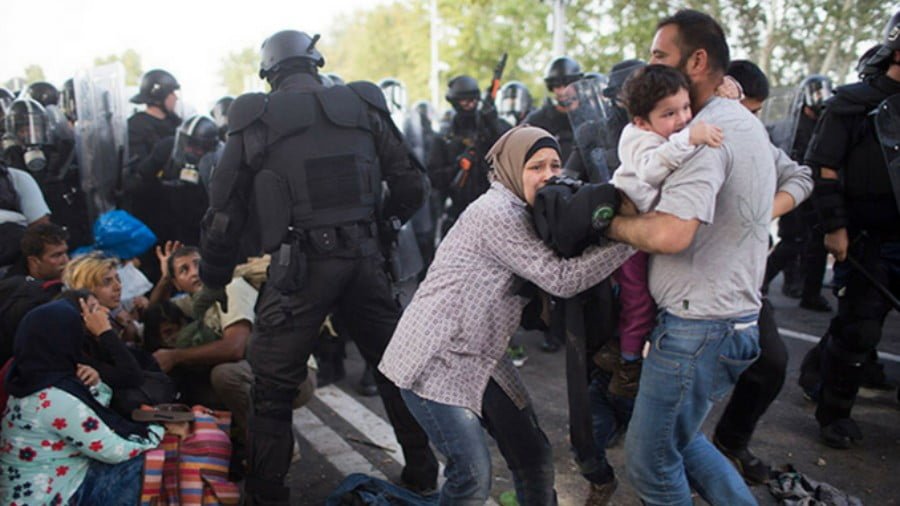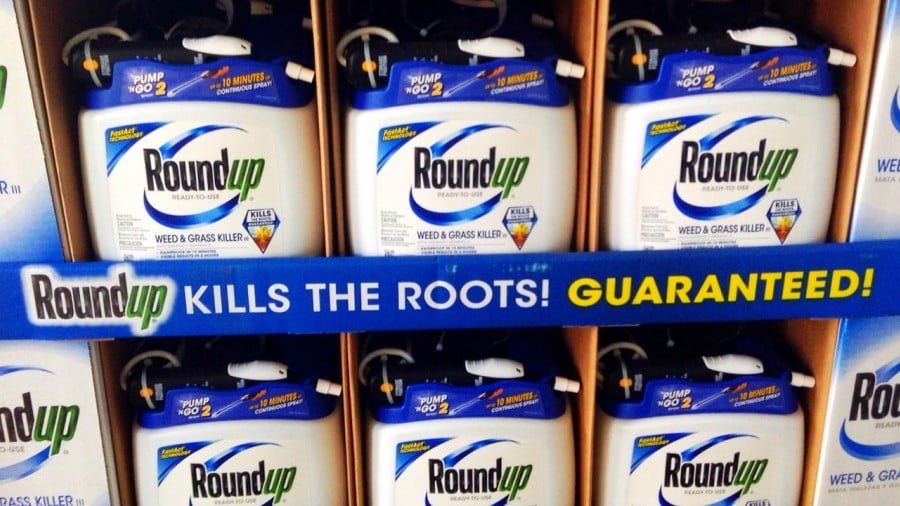Imagining Return: Palestinians in Jordan’s Sprawling Refugee Camps Still Yearn for Home
Abna’a Gaza (the Children of Gaza) is a status given to Palestinian refugees who fled from the Gaza Strip to Jordan in 1967. They fled during the 1967 war and consequent Israeli occupation of Gaza. Today, over five decades later, these Palestinians who originally fled to Gaza from their homes in greater Palestine in 1948 number 150,000. They remain mostly in camps, unable to leave, unable to work except for menial labor, with no access to healthcare and with no formal national identity.
The Larger Refugee Issue
Israel and the various other Zionist institutions have always claimed that the refugee problem has nothing to do with them. They offer all sorts of stories to explain the flight of close to one million Palestinians from their homes and land. Still, all the obfuscation in the world cannot change the fact that Zionist militias forced Palestinians out of Palestine in an attempt to establish a state with a clear – if not an absolute – Jewish majority.
In cities like Tabariya and Safad, in the north, in large stretches of land in the Naqab in the south, and in West Jerusalem, which became the capital city of Israel, the ethnic cleansing was so complete that not even one Palestinian family remained.
Now, over seven decades later, the Palestinian refugee population is estimated at around five million people. Banned from returning to their lands and homes, they live in squalor in refugee camps that quite often are only a few short miles from their original homes.
The Gaza Camp
Lying in Jordan’s rolling northern hills, Jerash is said to be one of the best kept ancient Roman cities outside of Italy. Much of the ancient ruins are still intact and they are an incredible sight to see. A few short miles from Jerash, however, lies the Palestinian refugee camp, Gaza Camp. It is an equally incredible sight to behold but for completely different reasons.
I visited the Gaza Camp for the first time in 2013 and then again in February 2020 and though some small changes were visible. By and large, the living conditions and the abject poverty remain the same. Forty thousand people live in this particular camp, which sits on about a quarter of a square mile.
The camp residents are all Abna’a Ghaza, an Arabic phrase meaning the sons of Gaza. All were turned into refugees in 1948 and sent to resettle in Gaza. Then, in 1967, they fled as Israeli forces occupied Gaza and were settled in this camp, where to this day they are forced to live this impossible reality.
During my visit to Gaza Camp, I visited the home of Umm Mohammed. She lives in a small house with several rooms with her children and grandchildren. The house is made of cinder block and tin and is freezing cold. The children run around barefoot and resources are scarce. The local camp school has six thousand students who attend in two shifts. The boys and girls take turns, each month switching shifts.
Umm Mohammad hails from a village near the city of Bir-a-Saba in the Naqab Desert. Today, the city is called Be’er Sheva and the desert has been renamed the Negev. Some say that in Jordan alone there are close to one million refugees from the city of Bir-a-Saba. Umm Mohamad was 13 in 1948 when Zionist forces expelled her family. “I was 13,” she recounted, “we left on a caravan of camels.” She went on to tell us that “the Jews committed a massacre, killing people in their sleep.”
Imagining Return
Zochrot means “remembering” in Hebrew. It is also the name of an NGO “working since 2002 to promote acknowledgment and accountability for the ongoing injustices of the Nakba, the Palestinian catastrophe of 1948 and the reconceptualization of the Return as the imperative redress of the Nakba and a chance for a better life for all the country’s inhabitants.”
Zochrot is dedicated to keeping the memories of destroyed Palestinian towns and villages alive by providing information, action on the ground and tours throughout historic Palestine. Zochrot also operates a website chock full of articles, studies, testimony and a wealth of other valuable information on all issues regarding historic Palestine.
The organization recently launched a campaign called “Choosing to remember – voting for return,” to encourage Israeli citizens to remember Palestinian refugee issues during the March 2 Israeli elections. A post made on Zochrot’s Facebook page to promote the campaign (accessible by clicking “see more” on the post’s caption) reads in part:
As Israel and the United States presented the latest version of a plan to bring Palestinians surrender, known colloquially as the Deal of the Century, the approach of Zochrot presents a real alternative. In the current political climate, discussing the Palestinian right of return in practical terms while demanding it on all political platforms will create the polarization needed to distance those who seek justice and peace from those who wish to continue to spill innocent blood.
Funding Crimes
Jordan’s Gaza camp is no more than an hour’s drive from the country’s border with Palestine. Most, if not all the inhabitants, came from the Naqab. In other words, these refugees could all be home, in their country and on their land in less than a three-hour drive. Israel, of course, would never allow that to happen.
Walking through the camp, poverty is rampant. Small projects lie in various states of completion, donated by various NGOs here and there, one to pave a road, another to refurbish the school. One cannot help but think of the four billion dollars the United States gives Israel each year. Israel is a wealthy country and has no need for foreign aid, yet Palestinians in refugee camps are living in abject poverty. Yet the U.S., Germany and other countries constantly contribute to its wealth while ignoring and even perpetuating the poverty inflicted upon Palestinians.
A strong Israeli state has guaranteed that Palestinians remain poor and hopeless. Imagine reversing the roles. Imagine what three or four billion dollars per year could do to repatriate and compensate Palestinian refugees and ensure a better future for all who live in historic Palestine. As the Zochrot slogan says, “Imagine Return.”
Feature photo | A Palestinian man poses in the Gaza Palestinian refugee camp of Jerash in northern Jordan. Raad Adayleh | AP
By Miko Peled
Source: MintPress News







